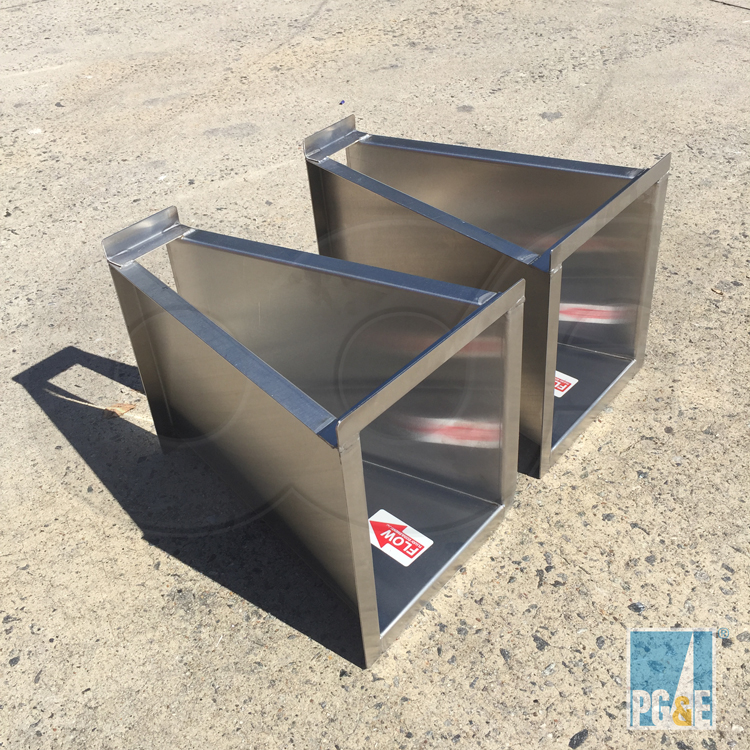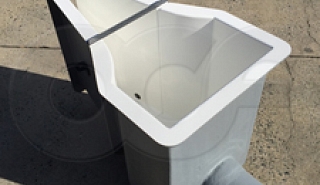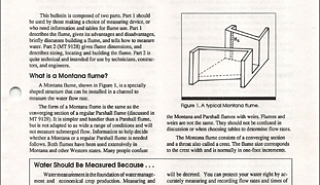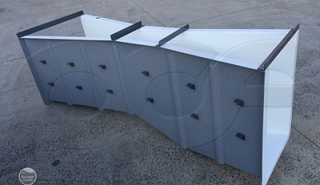One of the more misunderstood flumes used to measure open channel flow is the Montana (Short Parshall) Flume…but it doesn’t have to be!
The Montana Flume is a modification to the Parshall Flume where both the throat and discharge sections have been removed – leaving only the flat-bottomed, tapering width approach section. Like the Parshall Flume from which it is derived, the Montana Flume is sized by the throat width alone.

The Montana Flume is not, however, a Parshall Flume where only the discharge section has been removed (the approach and throat remaining). That configuration is correctly termed a Short-Section Parshall, on which little research has been conducted.
Several sources layout the configuration of the Montana flume:
- MT 9127 (AG) Montana (Short Parshall) Flume (Part 1)
- MT 9128 (AG) Montana (Short Parshall) Flume (Part 2)
- Water Measurement Manual, 3rd Edition, United States Bureau of Reclamation, Department of the Interior
Montana Flumes are successfully used in a wide range of applications:
- Sanitary flows
- Industrial discharges
- Stream gauging
- Irrigation studies
- Drainage studies
- Seepage monitoring
- Spring discharge
- Mine discharge
- And more…
In applying a Montana Flume to sanitary flows remember that only throat widths 3-inches [7.62 cm] and large should be used. 1-inch [2.54 cm] and 2-inch [5.08 cm] Montana Flumes will clog when used on sanitary flows.
Advantages of Montana Flumes
- Uses the same discharge equations / flow tables as the Parshall flume
- Shorter lay length
- Flat-bottom makes installation easier
- Reduced cost
- Ease of fabrication
- Available with standard Parshall inlet end adapters
Disadvantages of Montana Flumes
- Not as well known as the Parshall Flume
- Requires free-spilling discharge under all flow conditions
- Cannot correct for submergence
- Lack of discharge end adapter to collect flow
Historically the limiting factor against the wider use of Montana Flumes is the requirement to have free-spilling discharge. The absence of the throat and energy recovering discharge section mean that the flume cannot withstand submergence; but where space or budgetary constraints preclude the use of a Parshall Flume (and free-spilling discharge can occur), the Montana Flume may be a good choice.






